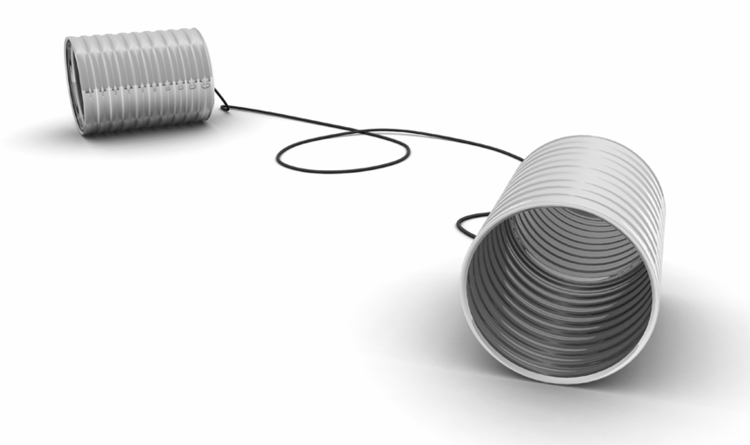How to suck a mattress down to size
/AN UPDATED NOTE: quite a few readers have contacted via the comments with questions about their own situation - will it work with this mattress so-and-so? Am I doing it right? Why can't I get my back to shrink? etc. etc. PLEASE NOTE - if you want to ask a question, please contact me via the contact form rather than post a comment, as these go unseen, and there is no way for me to reply to them.
This article was written for memory foam mattresses. If you are trying it with a sprung mattress, I suspect it won't work. (But it does work with a futon! ) If you want to buy the items used, just try eBay. I did!
I recently had the challenge of transporting a king size memory foam mattress. The choices seemed to be hire a van (or removal company) or somehow ram it into the Skoda Octavia in the hope it would bend and fit. I wasn’t over-keen on that option as it would mean leaving little room for anything else in the car.
Rewind and little, and the mattress originally came rolled up in a vacuum packed bag and box (which expanded with great amusement when sliced open). Could I therefore repeat this feat of wizardy and reverse the great unfolding? Well, I do like a challenge, especially when science is on my side.
I was inspired by those “vac pac” bags you can get that: you suck the air from a sealed polythene bag with your favourite dysonomatic and compress the contents down to an n-th their size. Seemed like a perfect solution but it didn’t take long scouring the internet to discover vac-pacs don’t come in that size (and if they did, they would cost a pretty penny).
So I figured I could make one. I ordered a king size mattress polythene bag, as used by removal companies for protection. That only cost a couple of pounds. Then I ordered a small vac-pac bag off eBay, which also costs under 2 pounds.
I wrapped the mattress in the large bag and sealed with gaffer & parcel tape. I cut out the valve from the vac pac and taped it to the inside of the large bag and sliced a hole to bring the valve through; and again, taped it up as airtight as I could. (see picture)
Then, with the help of my able assistant, we attached a vacuum cleaner and began sucking the air from the mattress bag. It compressed beautifully. We kept going (somewhat startled by how effective it was) until the mattress was thin enough to start rolling; stopping every once in a while to listen for leaks (very obvious hissing!) and sealing them with parcel tape. Then I rolled the mattress and stood it on end. The bag was still a bit leaky so we continued vacuuming while I wrapped it in tape to keep the roll shape intact.
It worked a treat, you can see the mattress loaded in the car and also 24 hours later when it was unpacked, still pretty much roll shaped! Gotta be one of the best 4 quid I have spent!





